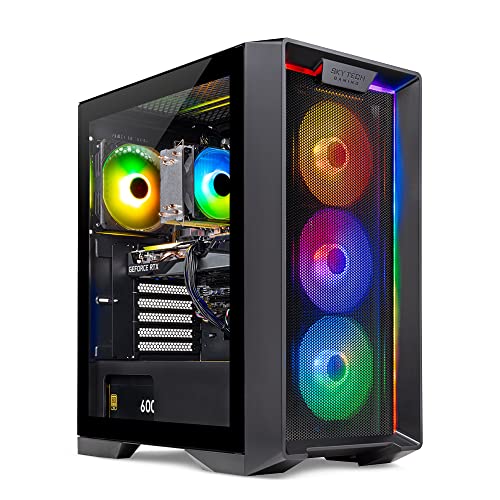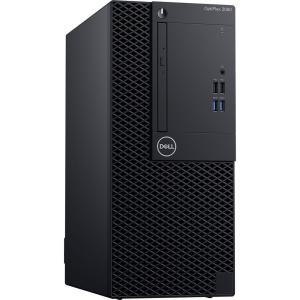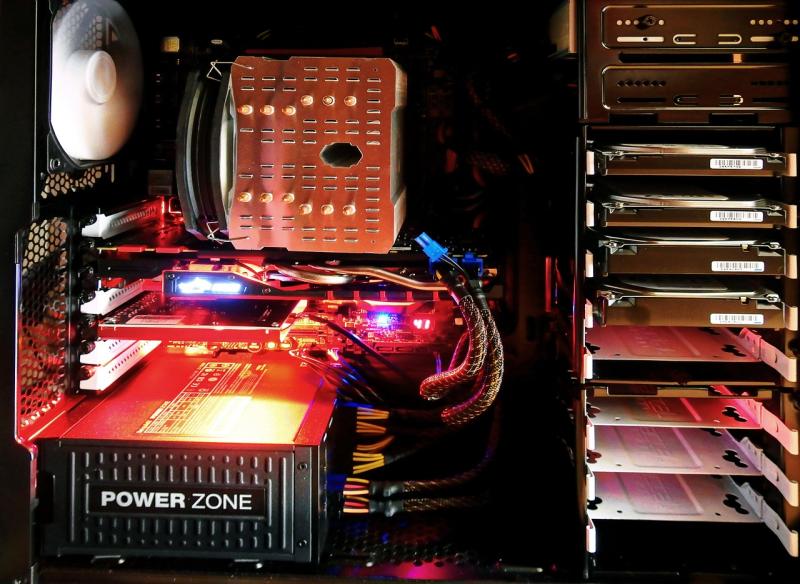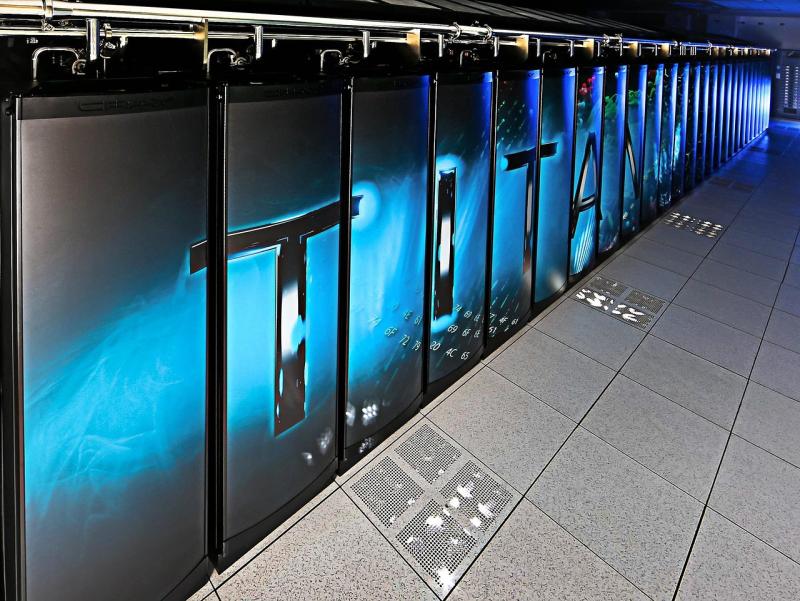Constructing a gaming PC that delivers high‑performance graphics and smooth gameplay involves careful component selection and thoughtful integration. Every element, from the processor and graphics card to memory and storage, plays a vital role in creating an immersive gaming experience.
Begin with a powerful multi‑core CPU that can handle complex game physics and multitasking, paired with a high‑performance GPU capable of rendering realistic visuals. Invest in fast DDR memory and NVMe storage to reduce load times and ensure smooth gameplay transitions. Cooling solutions and a robust power supply are also crucial for reliable performance during extended sessions.
Plan your build by setting a realistic budget and prioritizing performance‑critical components. Research benchmarks and user reviews to make informed decisions and always consider compatibility—ensuring that the motherboard, cooling, and power supply work harmoniously with your chosen hardware.
Building a gaming PC requires a strategic approach to component selection and system integration. With careful planning and research, you can create a high‑performance machine that meets your gaming needs and stays future‑proof.
Definitive Guide to Building a High-Performance Gaming PC
Combine technical precision and creative customization to build your dream gaming rig.
Introduction
Constructing a high-performance gaming PC is a rewarding journey that combines technical know-how, creative flair, and strategic decision-making. Every element—from the multi-core processor and graphics card to high-speed RAM and NVMe storage—contributes to rendering lifelike visuals, eliminating stutters, and delivering an immersive experience that transports you into virtual worlds.
Why You Should Build a Custom Gaming PC
- Tailored Performance: Choose components that match your gaming style—ultra-settings or high frame rates.
- Cost Efficiency: Allocate budget to crucial parts and avoid brand premiums.
- Upgrade Flexibility: Easily swap parts as new hardware emerges.
- Educational Experience: Gain hands-on knowledge of PC architecture and troubleshooting.
Planning Your Ultimate Gaming PC
- Define Your Goals
- Target resolution & refresh rate (1080p 144Hz, 1440p 165Hz, 4K 60Hz)
- Extra headroom for streaming, editing, VR
- Set a Realistic Budget
- Entry-level: €800–€1,200
- Mid-range: €1,200–€1,800
- High-end: €2,000+
- Research Compatibility
- Use PCPartPicker to verify component compatibility
- Confirm PSU wattage and case clearances
- Outline Upgrade Paths
- Extra M.2 slots, RAM capacity, GPU clearance
- Case space for larger radiators
Core Components Deep Dive
Processor (CPU)
A powerful CPU handles game physics, AI routines, and background tasks. Aim for 6–8 cores with high single-thread boosts and PCIe 4.0/5.0 support.
| Tier | AMD | Intel |
|---|---|---|
| Entry-Level | Ryzen 5 5600X | Core i5-12400F |
| Mid-Range | Ryzen 7 7700X | Core i7-12700K |
| High-End | Ryzen 9 7950X | Core i9-13900K |
Graphics Card (GPU)
Match your GPU to your resolution and refresh rate goals. Real-time ray tracing and upscaling technology can boost visuals without sacrificing FPS.
- 1080p: RTX 3060, RX 6600 XT
- 1440p: RTX 4070 Ti, RX 7900 XT
- 4K: RTX 4080/4090, RX 7900 XTX
Memory (RAM)
Fast RAM reduces latency and improves multitasking. Dual-channel DDR4 or DDR5 kits at 3200 MHz+ are recommended.
- Minimum: 16 GB
- Recommended: 32 GB for streaming, editing, and future titles
Storage
Combine NVMe SSD speed with HDD capacity for the optimal balance.
- Primary: 1 TB NVMe SSD (PCIe Gen 4)
- Secondary: 2–4 TB HDD for media/storage
Motherboard
Select a motherboard with robust VRMs, PCIe 5.0 slots, multiple M.2 heatsinks, and Wi-Fi 6E if needed.
- Form Factor: ATX for expandability, Micro-ATX for compact builds
- Features: USB C front panel, extra SATA/M.2 ports
Power Supply (PSU)
A quality PSU protects your components and delivers stable power. Look for 80+ Gold/Platinum certification.
- Wattage: 650–850 W for single GPU, 1000 W+ for dual-GPU
- Modular design for cable management
Cooling & Case Selection
Optimal airflow and cooling maintain stability under load and extend component life.
- Front intake, top/rear exhaust fans
- 120–360 mm AIO radiators or high-end air towers
- Dust filters and cable management channels
Ensuring Component Compatibility
- Check CPU socket vs. motherboard chipset
- Verify RAM height vs. CPU cooler clearance
- Confirm GPU length vs. case depth
- Ensure PSU cable reach and routing
Step-By-Step Build Process
- Prepare Workspace: Clear a static-safe area and gather tools.
- Install CPU & Cooler: Align the CPU, apply thermal paste, secure cooler.
- Insert RAM: Seat modules until latches click.
- Mount Motherboard: Secure with standoffs in the case.
- Add Storage: Install NVMe SSD, SATA drives.
- Install GPU: Seat in PCIe slot, fasten and connect power.
- Connect PSU: Route and plug in 24-pin, 8-pin, PCIe, SATA cables.
- Cable Management: Tidy cables behind tray for airflow.
- First Boot & BIOS: Verify components, enable XMP/DOCP, set fan curves.
- OS Installation: Install and update Windows or Linux, then drivers.
Post-Build Optimization
- Update BIOS, firmware, and drivers.
- Tweak GPU fan curves, power targets, and overclock offsets.
- Enable Game Mode and disable unnecessary startup apps.
- Monitor temps with MSI Afterburner or HWMonitor.
Overclocking and Advanced Tweaks
- CPU Overclock: Increase multiplier/voltage gradually; stress-test with Prime95.
- GPU Overclock: Adjust core/memory clocks in MSI Afterburner; benchmark with 3DMark.
- RAM Overclock: Tweak timings/voltage in BIOS; validate with MemTest86.
Maintenance and Troubleshooting
- Clean dust every 3–6 months; blow out fans and heatsinks.
- Reapply thermal paste every 2–3 years or after heavy overclocking.
- Isolate and test components if you encounter crashes or boot failures.
Future-Proofing Your Gaming PC
- Adopt PCIe 5.0, DDR5, and USB 4 standards.
- Leave room for extra drives, RAM, and larger coolers.
- Choose a modular PSU and spacious case for easy upgrades.
Conclusion
Building a high-performance gaming PC is a meticulous yet gratifying process. By selecting the right CPU, GPU, RAM, storage, cooling, and power delivery—and ensuring compatibility—you create a rig ready for today’s demanding titles and tomorrow’s innovations. With careful assembly, optimization, and maintenance, your custom build will deliver seamless gameplay and stunning visuals for years to come.







